Trends
For data-driven stories, to appear under “Trends” menu
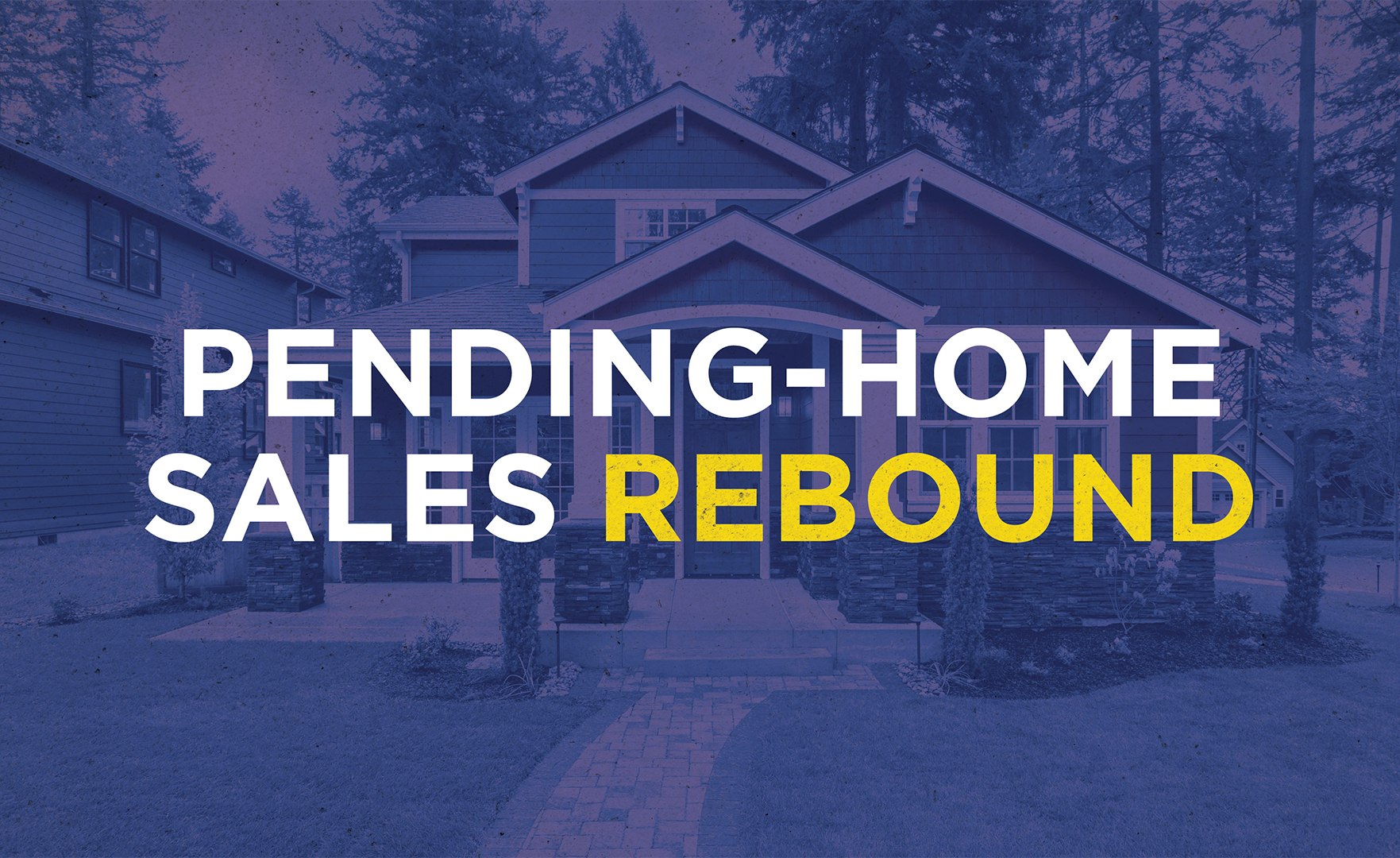
Pending transactions were in negative territory for most of this year, so the recent increases could bode well for future activity.
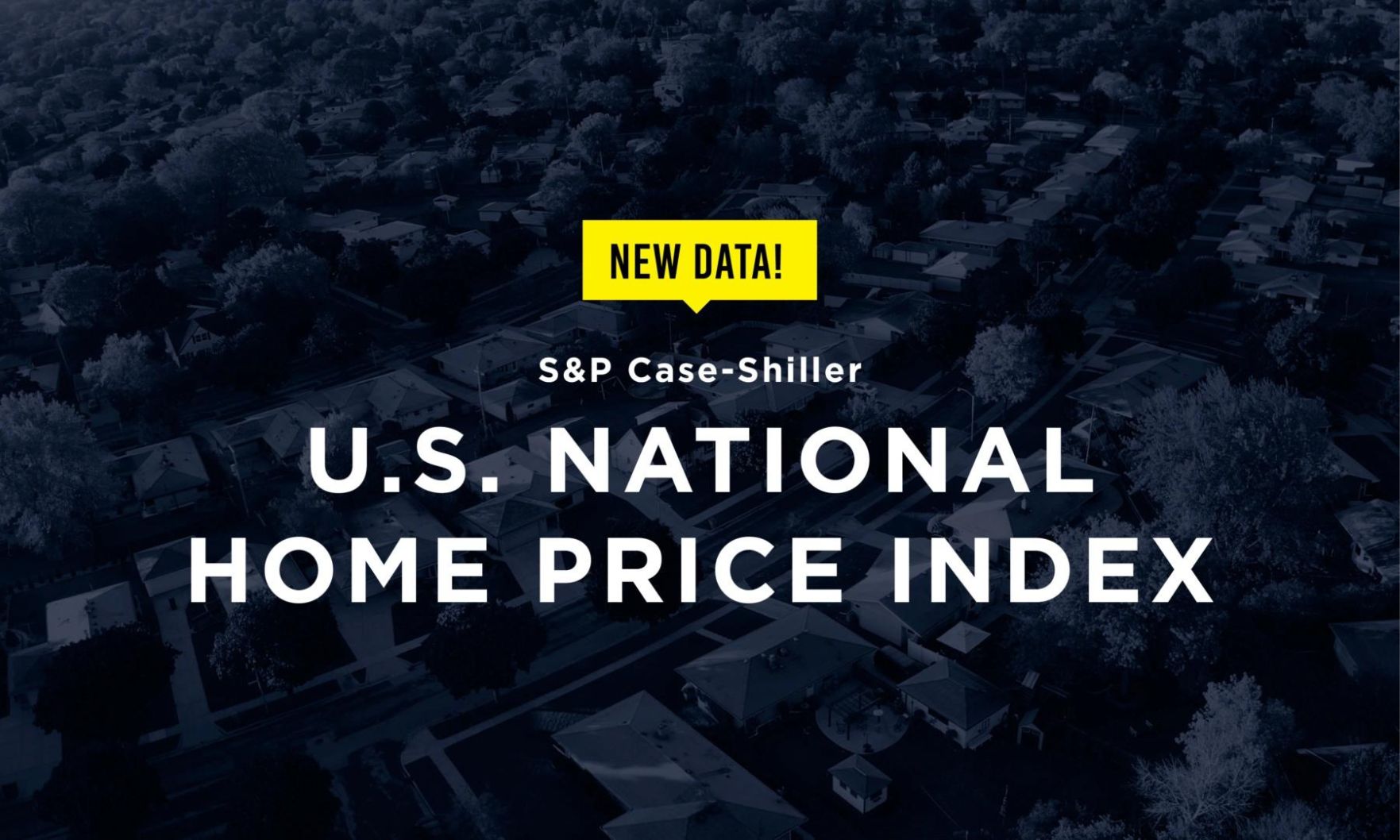
A fifth consecutive month of increases in the S&P CoreLogic Case-Shiller U.S. National Home Price Index suggests the housing market recovery that began earlier this year is likely to continue.

Two weeks after housing inventory turned negative, home prices posted a healthy increase, MarketNsight said.

First-timers made up 45% of buyers in 2022 and 37% in 2021.
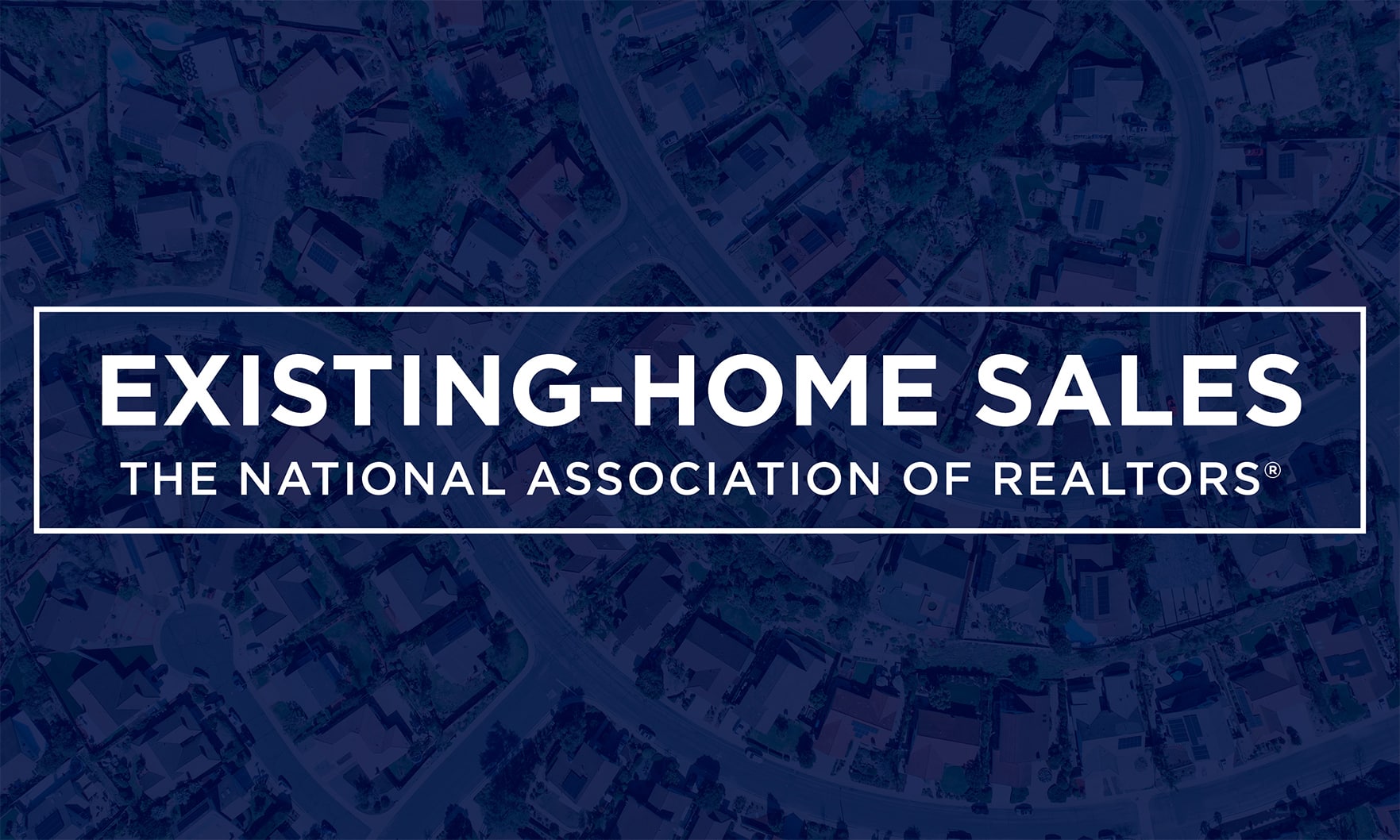
High mortgage rates and limited inventory continued to weigh on sales activity, National Association of REALTORS®Chief Economist Lawrence Yun said.
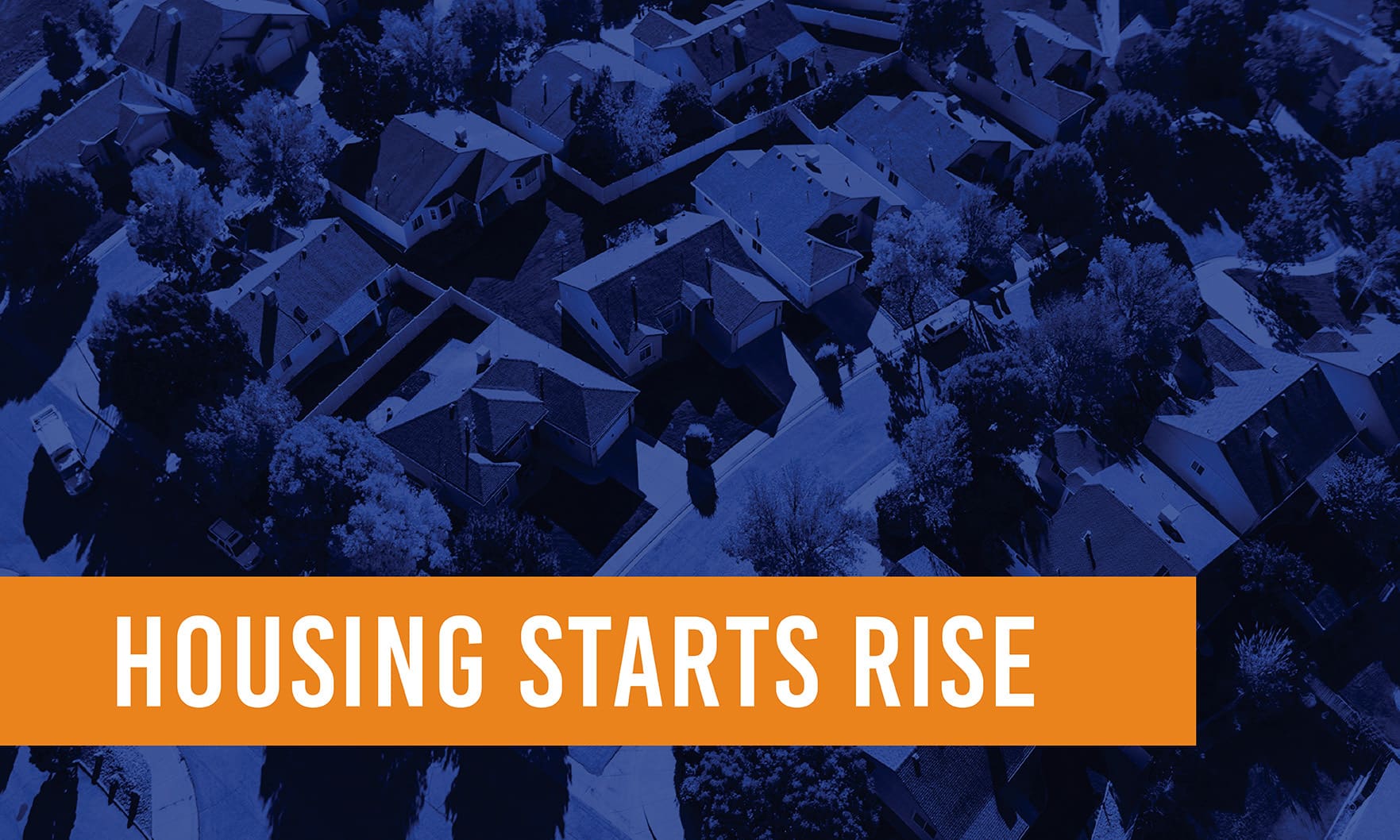
Single-family home permits and completions, meanwhile, also rose, according to the U.S. Census Bureau and the U.S. Department of Housing and Urban Development.

Florida is one of the best states to live in this year, according to a new report from WalletHub.
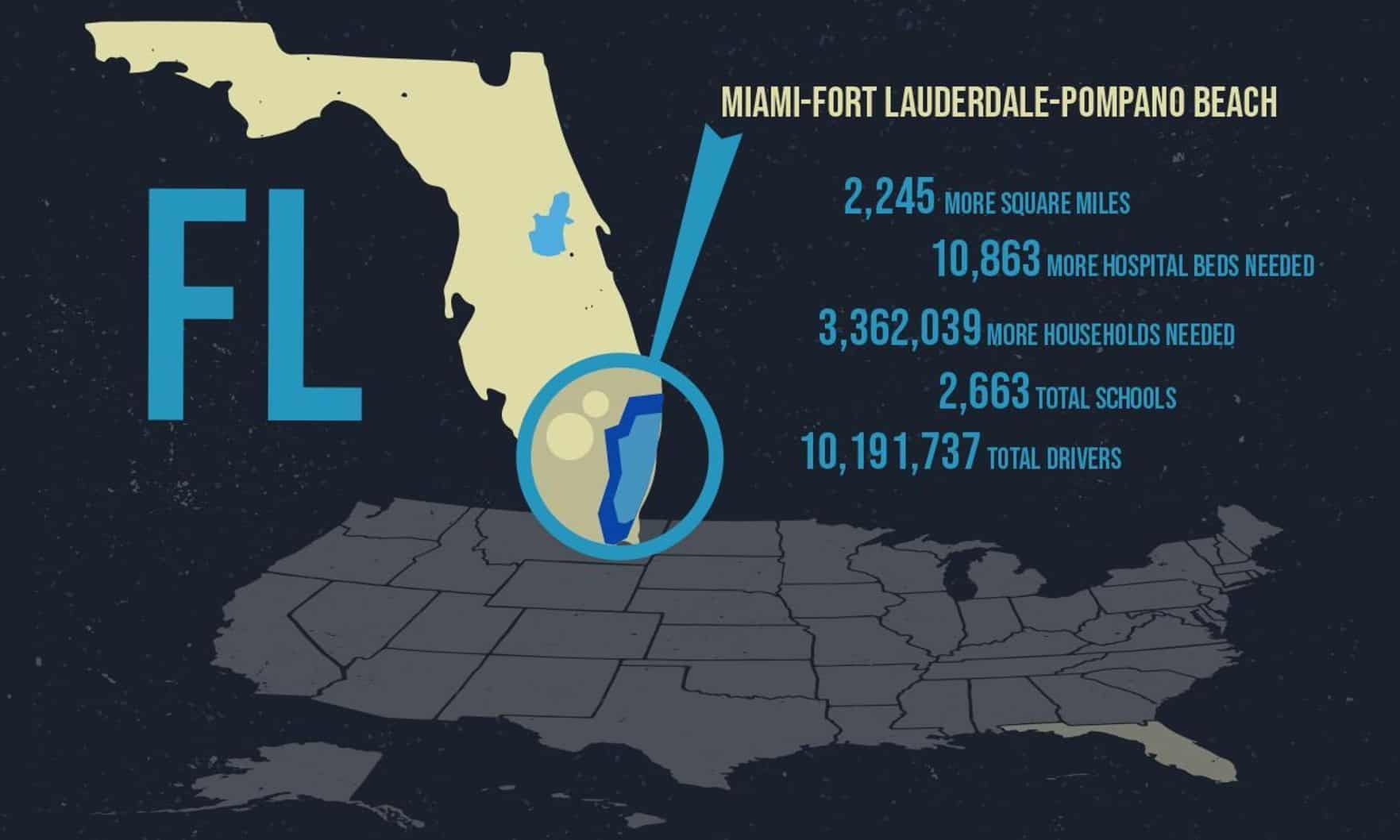
Experts predict that Miami will be one of the most populated places in America by 2100. But can the metro actually handle all that growth?

Of survey respondents who made a wedding registry in the past two years, 85% said they would have preferred to receive money they could have used towards a down payment, mortgage payment or other associated homebuying costs.

The industry group issued its housing-market forecast along with its monthly Pending Home Sales Index for June.

“Builders in Cape Coral have not stopped — they’re just building like nothing happened,” said Redfin Premier agent Isabel Arias-Squires.

Year over year, housing inventory turned negative for the first time in 13 months in June, the real estate data provider said.

Analyzing property listings from January 2020 to June 2023, Los Feliz found that Florida accumulated 1.7 million new listings at a rate of 20,665 per every 100,000 homes.

The median existing-home price for all housing types in June rose to $410,200, 0.9% less than the all-time high of $413,800 reached in June 2022, the National Association of REALTORS® said.
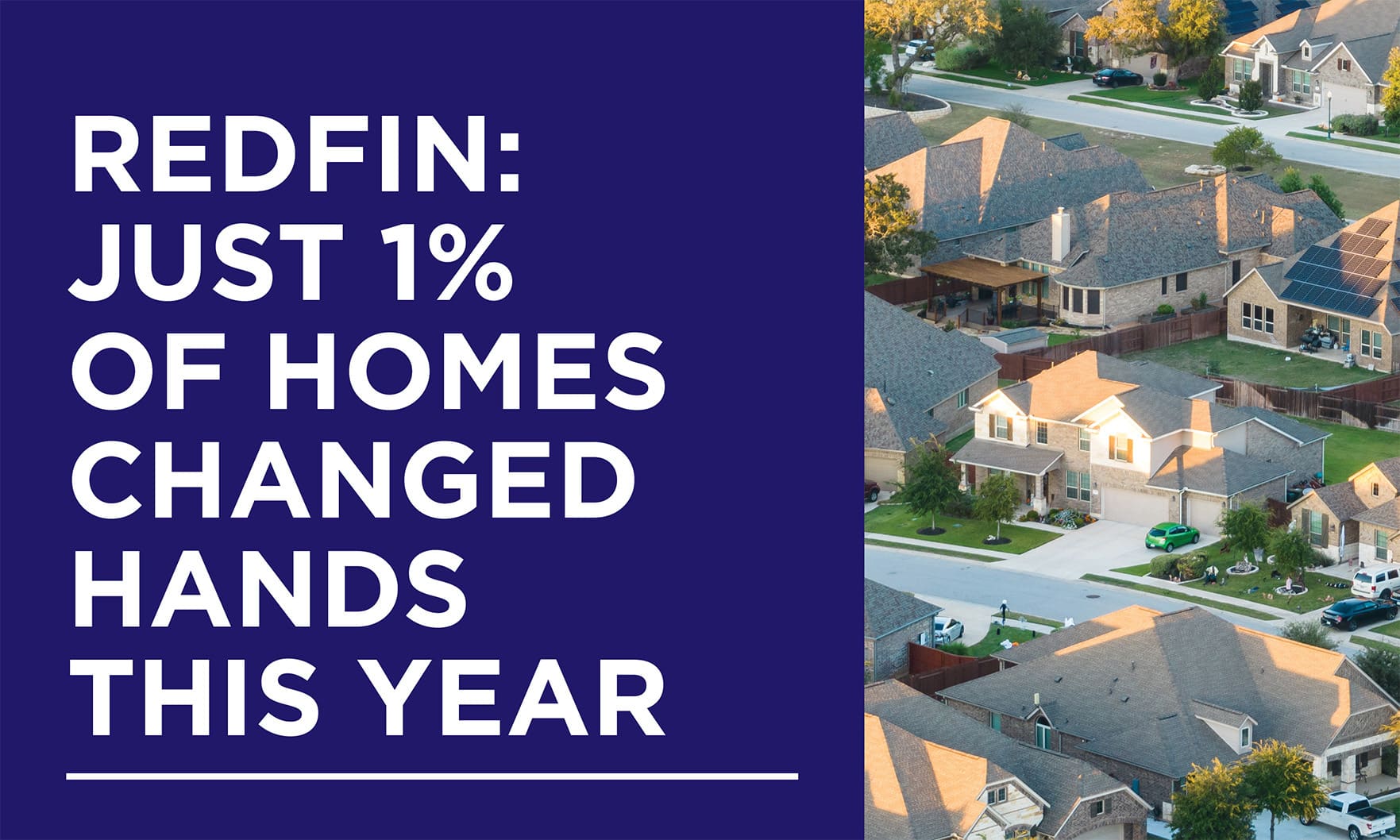
Back in 2018, Freddie Mac stated that the country still needed about 2.5 million extra homes in order to meet demand. Then the pandemic homebuying boom depleted already-low inventory levels and high mortgage rates in the second half of 2022 chained many homeowners to their existing low rates.

Low inventory and high demand are buoying builder sentiment in the face of several headwinds.
